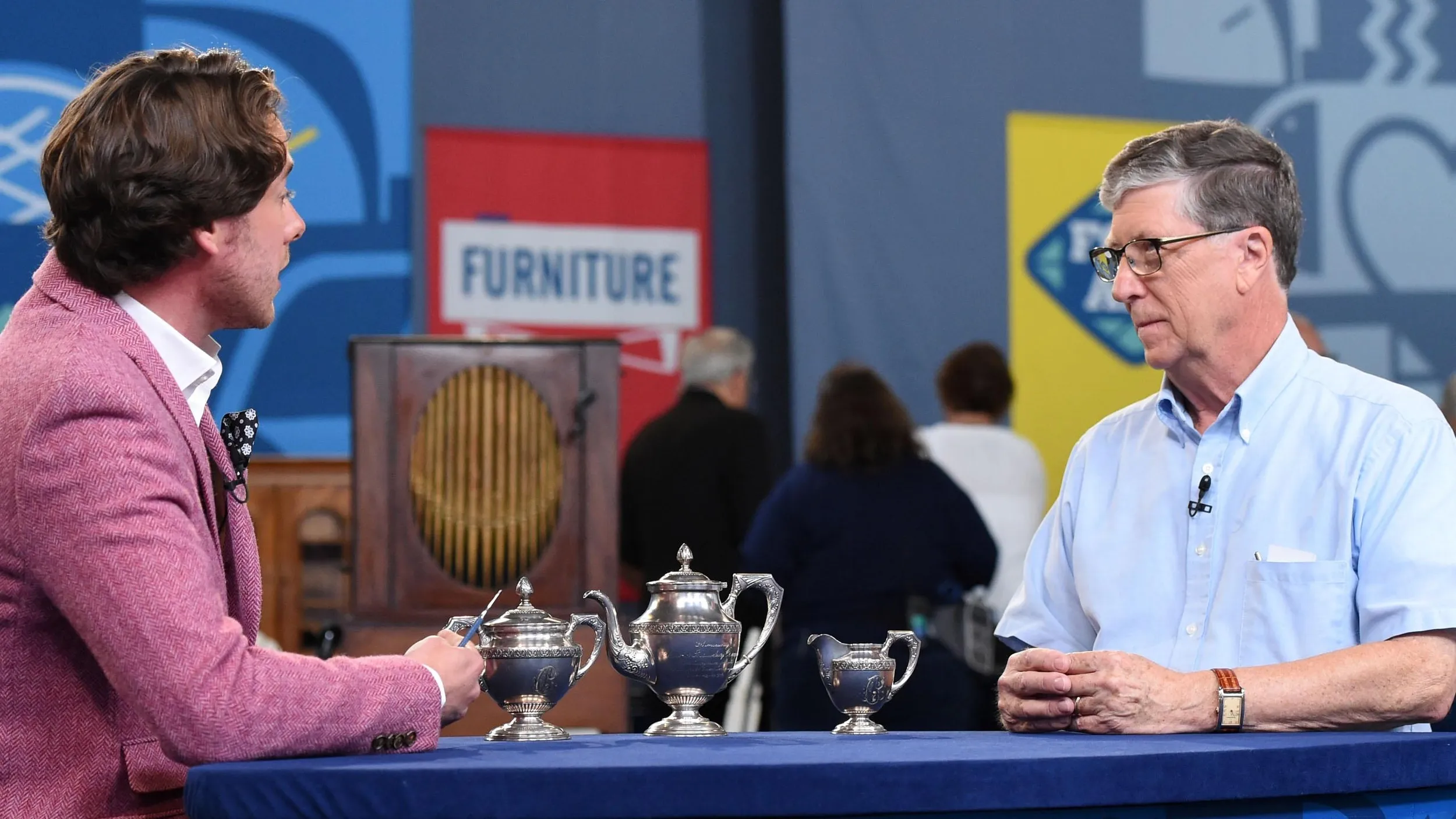GUEST: I have my great-great-great-uncle's wooden headboard from when he was killed in the Civil War. He was killed during the Battle of Port Hudson during a charge. There was an artillery shell that went through his hip, and he died instantly. And he was supposed to be sent back to New Orleans, but nobody got him, so they ended up having to bury him on the battlefield. And they carved this headboard, and then sent off a letter to his family to come and get him.
APPRAISER: So how did you end up with the headboard itself?
GUEST: So my grandma is the family genealogist. And she knew that I had an interest in the Civil War. So in 2000, she gave it to me, so...
APPRAISER: Well, during the Civil War, so many casualties, it was necessity first during the Civil War. And so they wanted a headboard because he was an important person to them. You can tell he was important, because it's not just written on it, it's nicely carved into the board. How did he get back home?
GUEST: His aunt came down from Albany, New York, and took him back, and then he was buried in Albany, in the Albany Rural Cemetery, so...
APPRAISER: But this one would have likely been the one that was used in Port Hudson.
GUEST: Yes, correct.
APPRAISER: During the temporary time.
GUEST: Correct. He has a permanent marble statue that his family created back in Albany.
APPRAISER: Well, this is a very moving group of pieces, because not only do you have the headboard, you can kind of see a progression. This is him early in the war.
This is him later in the war. Him and his buddy, ready to rule anything.
GUEST: Right.
APPRAISER: One cannon shell, and that all changes. This is what?
GUEST: This is... when the family went down to pick him up, they brought a photographer and took a photograph of his battlefield gravesite before they removed his remains.
APPRAISER: And when did they move his remains back to...?
GUEST: It was February of 1864, so about six months after.
APPRAISER: So it gives you an idea what an important man this man was and what they thought of him because, if you notice, in the picture, they actually built a little fence around his grave.
GUEST: Right.
APPRAISER: Since he was moved from there, we know that's within that one year. There was a lot of things going on in Port Hudson, Louisiana, within that year, but he was important enough they took time to make that fence.
GUEST: I'm curious to know how rare the battlefield wooden grave markers are.
APPRAISER: In 1863, they'd be common.
GUEST: Okay.
APPRAISER: But weather did away with most of them. Very few of them survive, and most of them that are… are in museums.
GUEST: Okay.
APPRAISER: It's very rare that you see an original from the Civil War. Have you ever had the group appraised?
GUEST: No, it's just been a part of our family, and I never really reached out to anybody to see what it was worth.
APPRAISER: Well, it's one of those things, you see muskets, you see swords. It's easy to say, "That will bring $1,000." With something like this, it's unique. And it's wonderful that it's still in the family, but you have to insure things in the family. If I were going to insure this group, I'd insure the group for $5,000.
GUEST: Oh, wow, great. Thank you.



